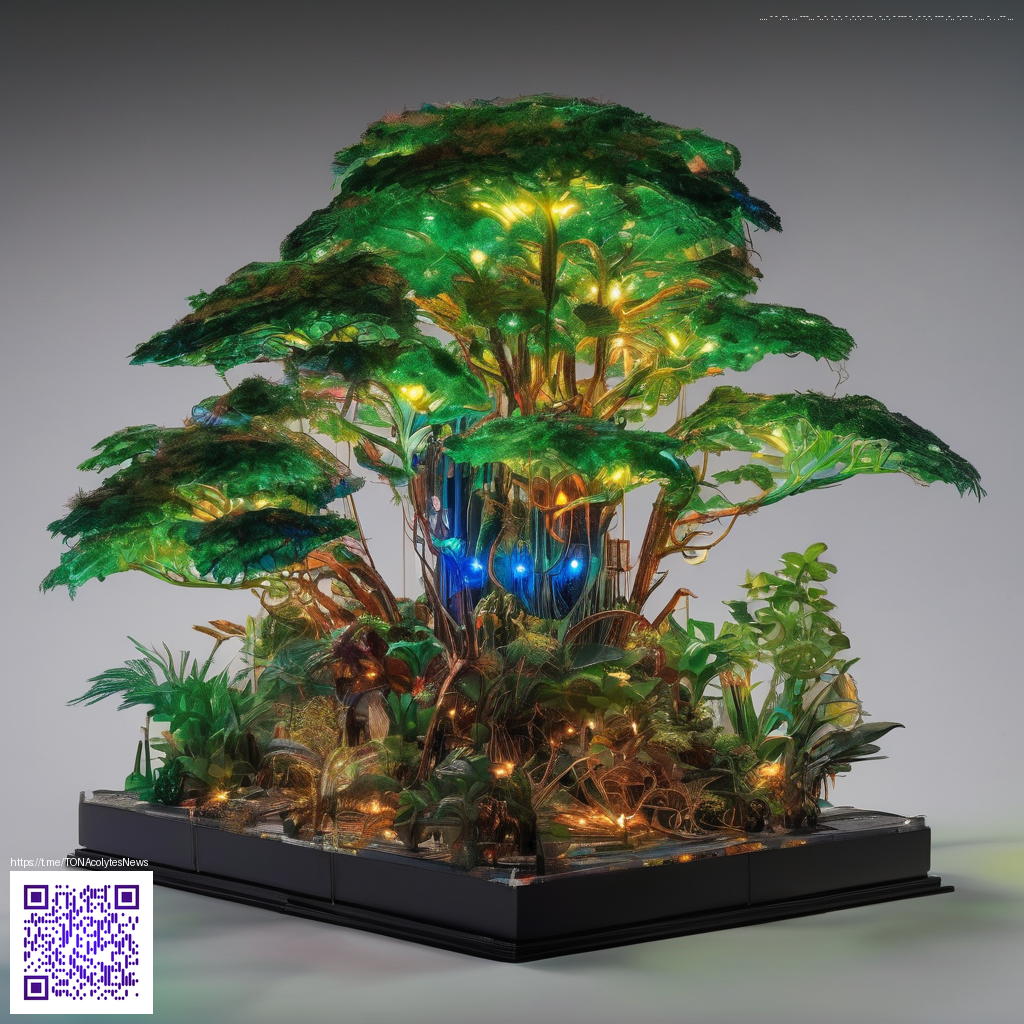
Building a cohesive visual language across products
Consistency in product aesthetics is more than repeating logos or colors. It’s about a deliberate design system that guides every decision—from button radii to packaging textures—so users experience a recognizable, trustworthy brand across screens and channels. When teams work within a shared framework, they can ship features faster without sacrificing personality or polish.
Consider a tangible example: a neon phone case with a card holder that ships in both glossy and matte finishes. The way this product is presented—photography, copy tone, micro-interactions, and even packaging—should feel inevitable within your broader visual system. For a concrete reference, you can explore the product page here: Neon Phone Case with Card Holder (Magsafe-compatible, glossy/matte).
Looking for a higher-level overview of applying these ideas to a catalog? This overview page offers a framework you can adapt to your own lineup: Page overview and examples.
Core pillars of a consistent aesthetic
- Color tokens: define a scalable palette with primary, secondary, and neutral layers, anchored to accessibility standards.
- Typography scale: establish font families, weights, and a modular scale that remains stable across devices.
- Spacing and layout: use a consistent rhythm and grid to keep alignment predictable.
- Components and states: buttons, cards, and inputs share corner radii, shadows, and hover states for familiarity.
- Imagery and iconography: photography style, icon sets, and illustration language should echo the same mood.
- Motion and feedback: thoughtful transitions reinforce the brand without distracting users.
“A design system is a single source of truth for visuals, ensuring every product speaks the same visual language.”
When you approach aesthetics with these pillars, your catalog feels curated rather than cobbled together. It’s about a surface language—how a product looks in thumbnails, on product pages, or in the cart—that consistently communicates quality and intention.
Practical steps to craft your own aesthetic system
- Audit what you have: inventory visuals across channels (website, app, packaging) and identify points where drift occurs.
- Define your tokens: document color, typography, spacing, and component rules in a living design system.
- Build a component library: create reusable UI blocks that can be deployed across pages and products.
- Document usage: provide clear guidelines for when to reuse or adapt patterns, with practical do/don’t examples.
- Iterate with real data: test, collect feedback, and tighten the system as your catalog grows.
As your product line expands, the system should accommodate new assets without reworking fundamentals. That means keeping a flexible taxonomy and scalable tokens so launches—like updated finishes or new accessories—feel like natural extensions of the brand.
Similar Content
For additional context and related resources, see this page:
https://enchanced-static.xyz/bb216357.html